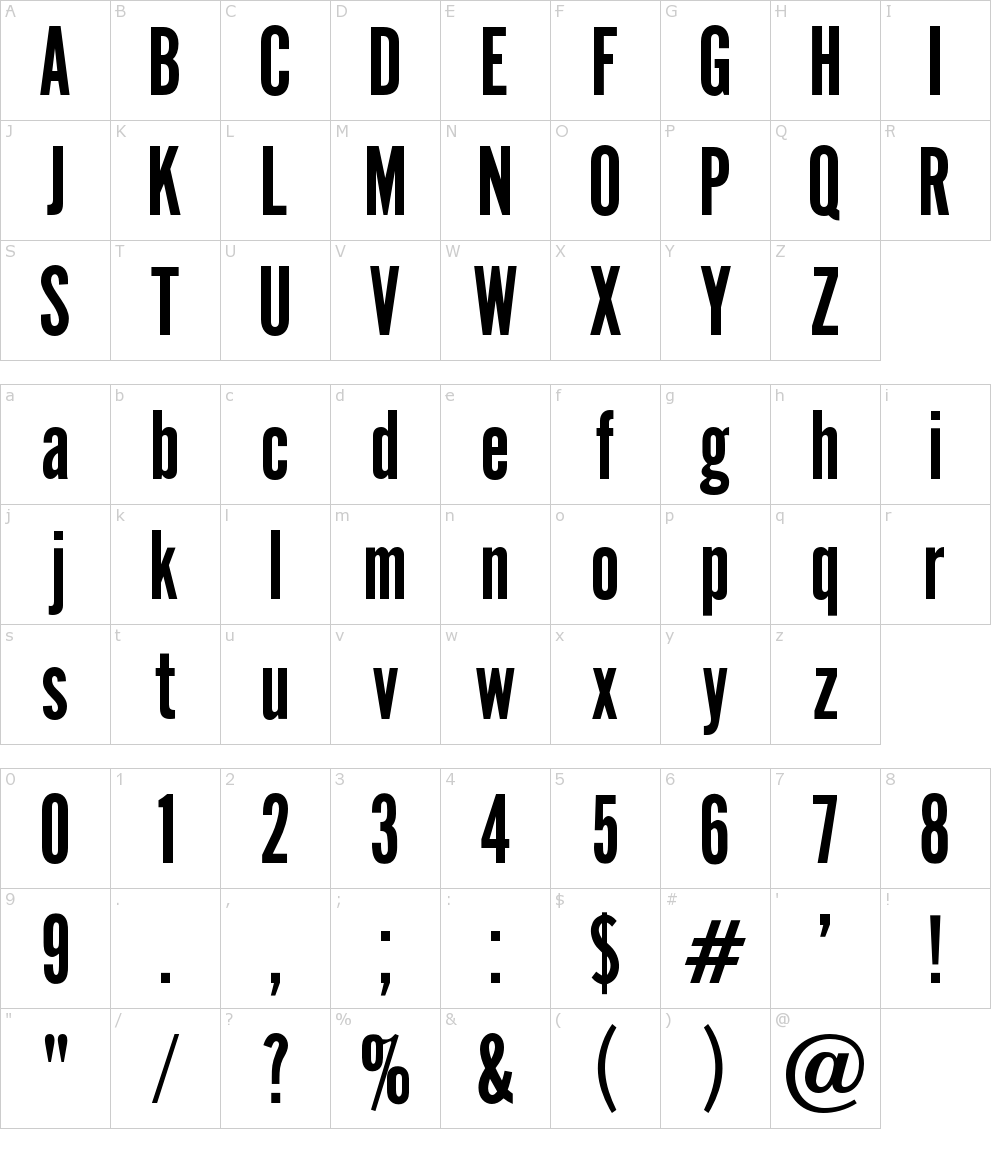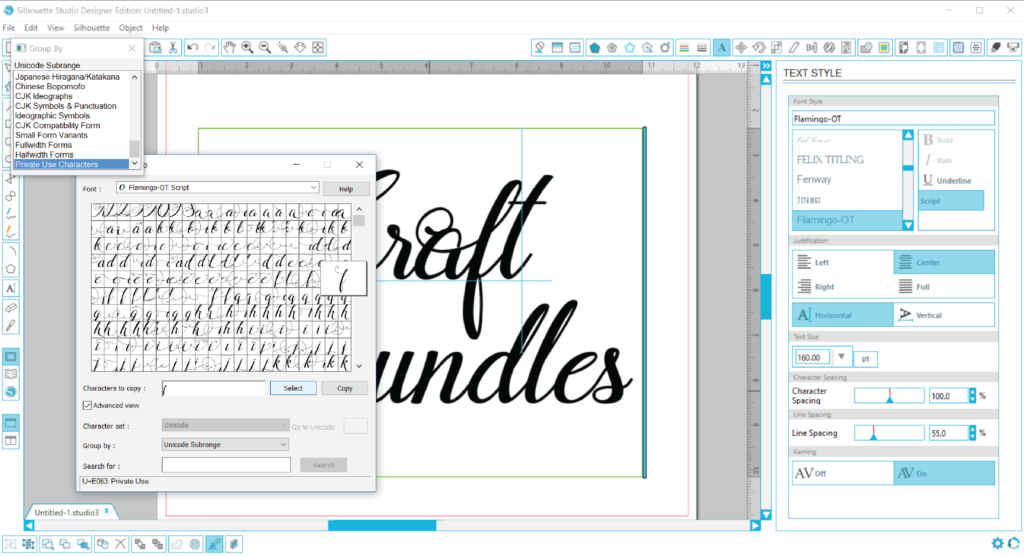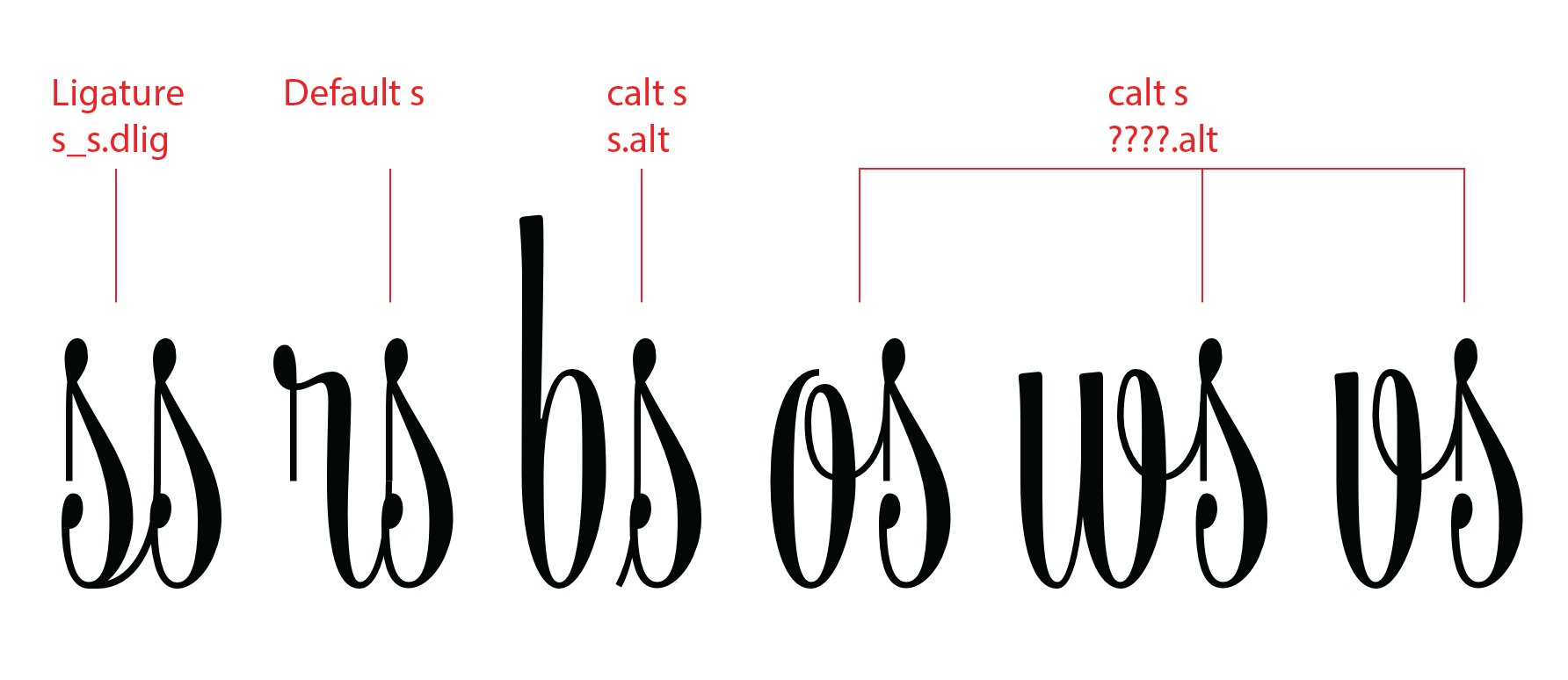


In connected scripts, for example, alternates can be crucial for properly rendering the typeface. Improving the appearance of textĬontextual alternates do more than tackle occasional collisions. The feature also changes letters at the end of words to the proper final forms with altered outgoing strokes. In specific situations, calt creates better connections, most importantly between capitals and certain lowercase letters. Type-Ø-Tones solved two problems with the calt feature for this striking, stylized script. The outgoing strokes in Magasin are designed to create connections between letters, but look awkward at the end of words. A ligature typically resolves one single awkward glyph combination a contextual alternate can offer solutions for many different graceless scenarios. So why are they two distinct features? The fundamental difference between them is that ligatures replace two or more glyphs with one combined glyph, while contextual alternates only change the appearance of one glyph at a time. Although their name implies that they connect two or more glyphs, some ligatures actually solve problems by shortening letter parts, exactly like some contextual alternates do. Ligatures and contextual alternates basically serve the same purpose: they offer solutions for problematic or unwieldy glyph sequences. This guarantees that the substitution also creates ligatures with accented C, T, h, and i, and does away with the need for ligatures for every single accented combination. For example, the Contextual Alternates feature changes Ch and Th swash ligatures from Stylistic Set 1 to Stylistic Set 2 with a longer swash when preceding an i, which in turn is replaced by a dotless i. The fonts have prebuilt ligatures with no accents, as well as left or right ligature parts for characters with accents. To avoid an avalanche of additional ligatures, Mark Simonson wrote calt features to allow for accents on any of the characters in a ligature. Bookmania already features an impressive amount of ligatures-more than eighty-and almost seven hundred swash characters, not counting accented composites. As you type, the font continuously checks to see which characters precede the one you just entered and inserts contextual alternates wherever needed. The feature not only works on existing, imported, or copy-pasted text, but also on live text. Savvy type designers extend this feature to consider every reconfigured sequence and check it against neighboring characters again, swapping out additional characters to resolve any new issues. This happens automatically and in the background, dispensing with the need to scour glyph tables in search of the perfect substitute. Whenever it encounters such a sequence, the calt feature replaces the problematic glyph with the desired alternate glyph. The context can be one or more glyphs before or after said glyph, or even both. It looks at every single glyph and its surrounding context and checks that against a built-in list of sequences that the type designer has identified as undesirable. The Contextual Alternates feature is basically a search-and-replace routine that examines the text. To prevent the overhang of the f’s hook from clashing into the ascender of the letters b, h, k, and l when the liga feature is turned off, the calt feature in Monokrom’s award-winning Nordvest swaps those out for versions without the top left serif. As I explained in my article on standard ligatures, some people avoid ligatures because of personal or linguistic preferences. These altered glyphs are inserted via the OpenType feature known as Contextual Alternates ( calt) to improve the overall word shape and setting. Sometimes, designers introduce alternates simply because it makes the text look better-adding differentiation to repeating letters can achieve this, for instance. They shorten cross strokes 2 or overhangs 3 to avoid collisions, for example, or remove serifs they move outgoing strokes or alter their length to refine connections. Type designers get around this by drawing alternate shapes. Certain glyph 1 shapes can cause issues when paired with certain other glyphs. The specific design of some typefaces can make it difficult for every single character to combine perfectly with all possible neighboring characters. My recent spotlight on Tilda inspired me to take a look at contextual alternates-programmatic diplomats that improve relationships between glyphs.
FONT GLYPHS ALTERNATES HOW TO
Our OpenType at Work series explains what OpenType features do and how to make the most of them.

JOpenType at Work | Contextual Alternates


 0 kommentar(er)
0 kommentar(er)
